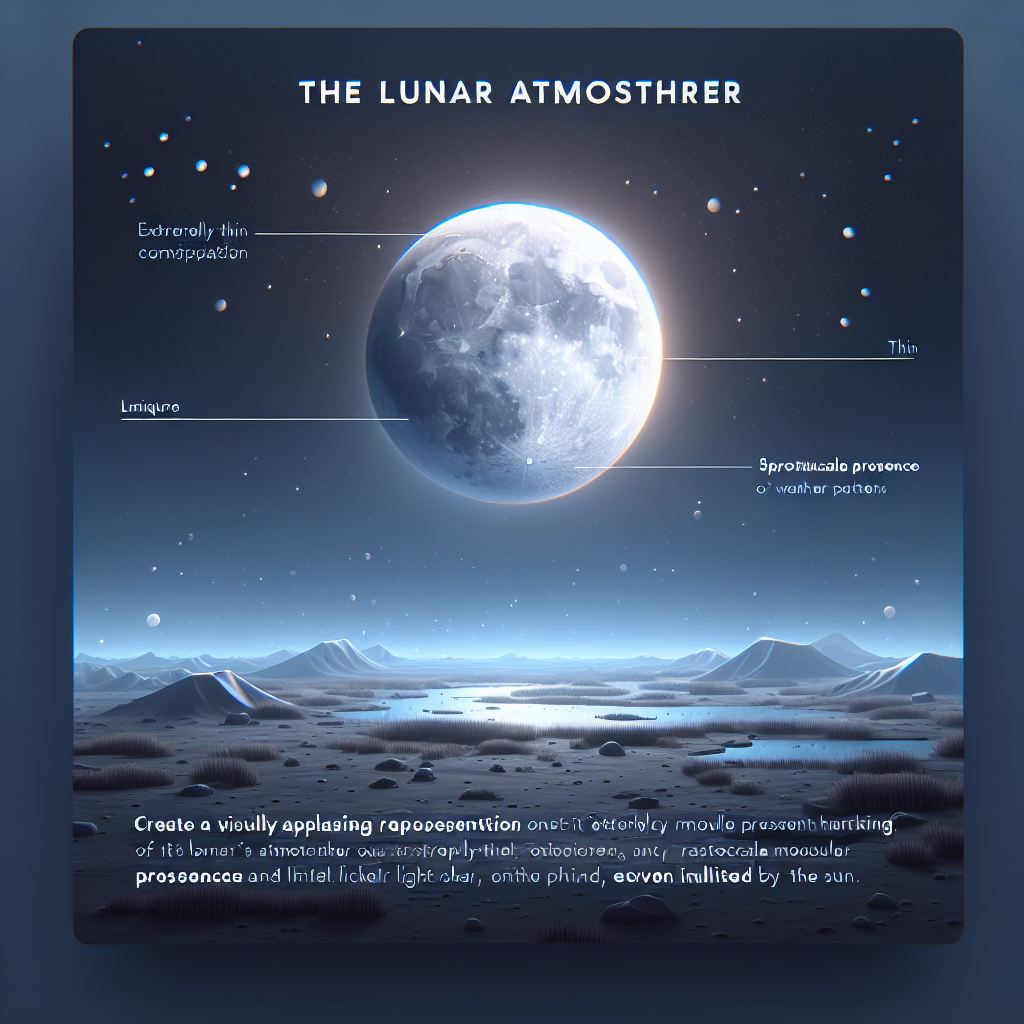Meteorite Impacts and Solar Winds: Unveiling the Secrets of the Lunar Atmosphere
NASA astronauts discovered a tenuous atmosphere on the moon during the Apollo missions. New research shows this atmosphere is mainly sustained by meteorite impacts and solar wind sputtering. By examining lunar soil samples, scientists have determined that meteorite impacts contribute over 70% to the lunar atmosphere, while solar winds account for less than 30%.

NASA astronauts who landed on the moon in the 1960s and 1970s unveiled an unexpected find: a tenuous lunar atmosphere. Their soil samples are now revealing the processes driving this phenomenon.
Researchers used nine tiny soil samples from five Apollo missions to determine that the moon's atmosphere is primarily generated by meteorite impacts. High temperatures from these impacts melt and vaporize lunar rocks, releasing atoms into the atmosphere, according to Nicole Nie of MIT.
Further studies using NASA's LADEE spacecraft identified space weathering by meteorite impacts and solar wind sputtering as pivotal processes. While meteorite impacts contribute significantly to the lunar atmosphere, the study showed that solar winds play a secondary role.
(With inputs from agencies.)










